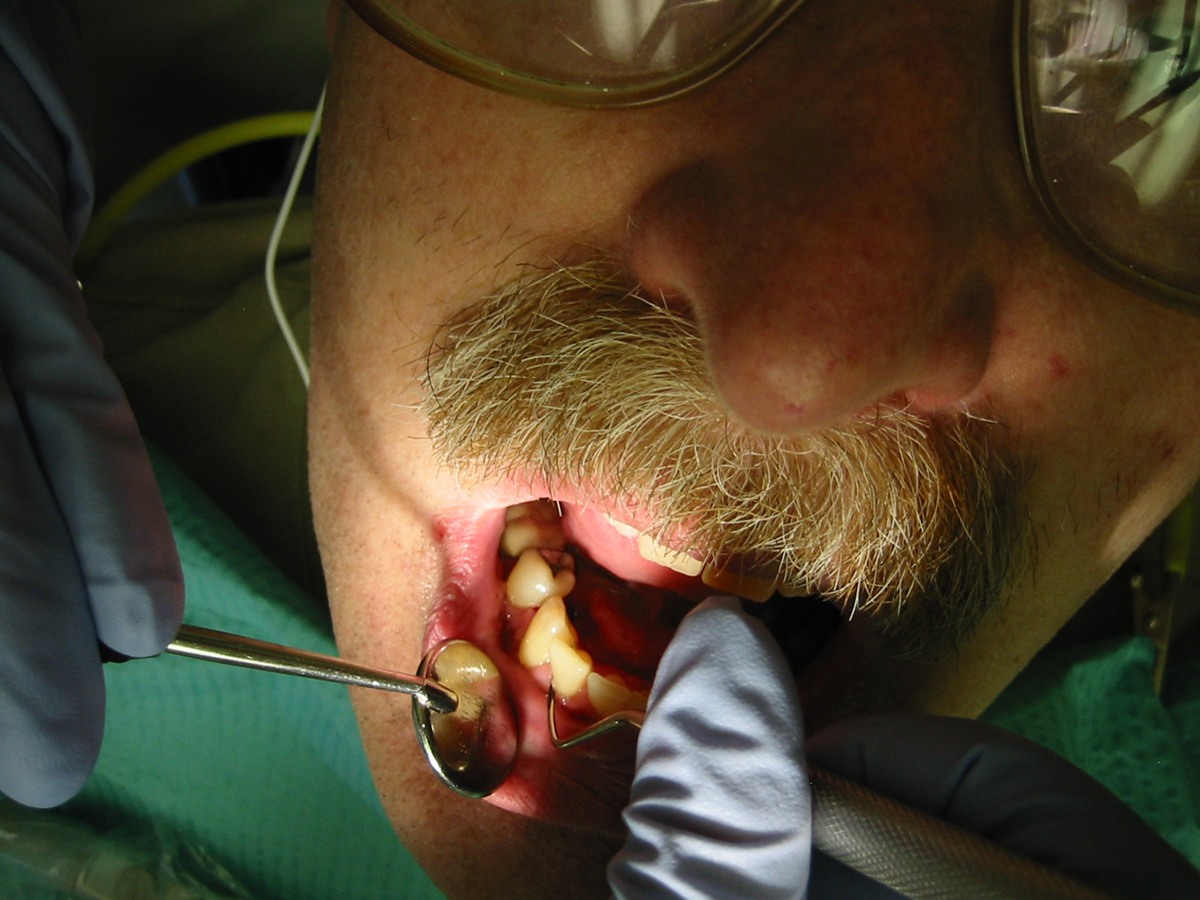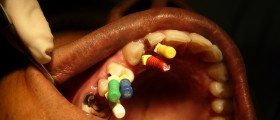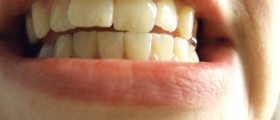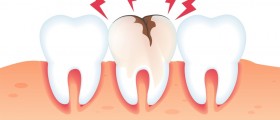
A root canal needs to be performed when decay has damaged and killed a tooth. In the process of a root canal, the dentist removes the pulp that is located in the center of the tooth and fills the cavity. This is done in order to prevent a painful infection from developing in the pulp that can potentially spread to other nearby teeth inside the mouth.
A root canal is also used to treat infections that have developed into a tooth abscess and relieve pains and toothaches, stop infections from spreading, and promote and aid the healing of the tooth.
A regular dentist, or one that specializes in diseases and infections that involves the pulp of the tooth, can perform the procedure of a root canal.
The process is fairly straightforward. First, the dentist will numb the gums with a substance that feels something like a jelly, and then a local anesthetic will be injected into the area that will make the teeth, gums, tongue and skin around the mouth area go completely numb.
In some cases, nitrous oxide, which is known colloquially as “laughing gas” can be used to reduce pain and help the patient to relax.
The dentist will most likely separate the decayed tooth from the other healthy teeth with a sheet of rubber that is placed onto a metal frame.
The sheet will also stop liquid and tooth chips from entering the mouth during the procedure.
A drill and other tools will then be used to remove the pulp from the tooth and then the cavity will be filled with medicine, temporary filling materials, and then finally, the root canal filling, once the procedure has been completed.
If a crown is needed after the root canal, the dentist will make an impression of the tooth, which his or her technician will then use to make a crown that perfectly matches the tooth that was worked on. A temporary crown will usually be given to the patient while the technician is working on the real one. After it is finished, the real crown will be cemented into place, which completes the procedure.
The lips and gums might remain numb for a few hours after the surgery until the anesthetic wears off completely. There can also be throbbing tooth pain after the procedure, which can be treated with regular over-the-counter pain relievers such as ibuprofen.
The pain will usually last a couple of days.
Sometimes, the crown might also have to be replaced or re-cemented, because in many cases it will become loose and falls out.

















Your thoughts on this
Loading...